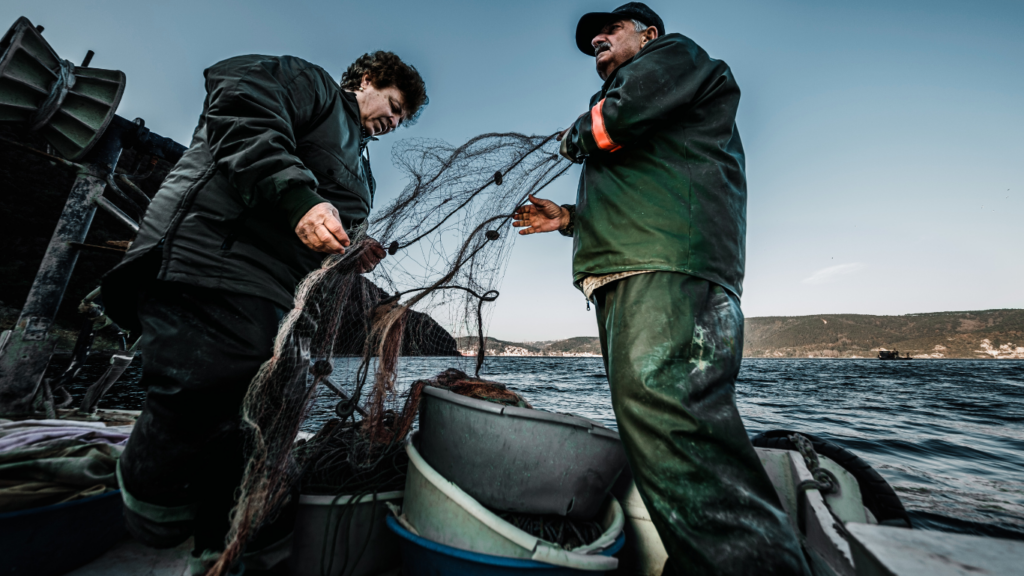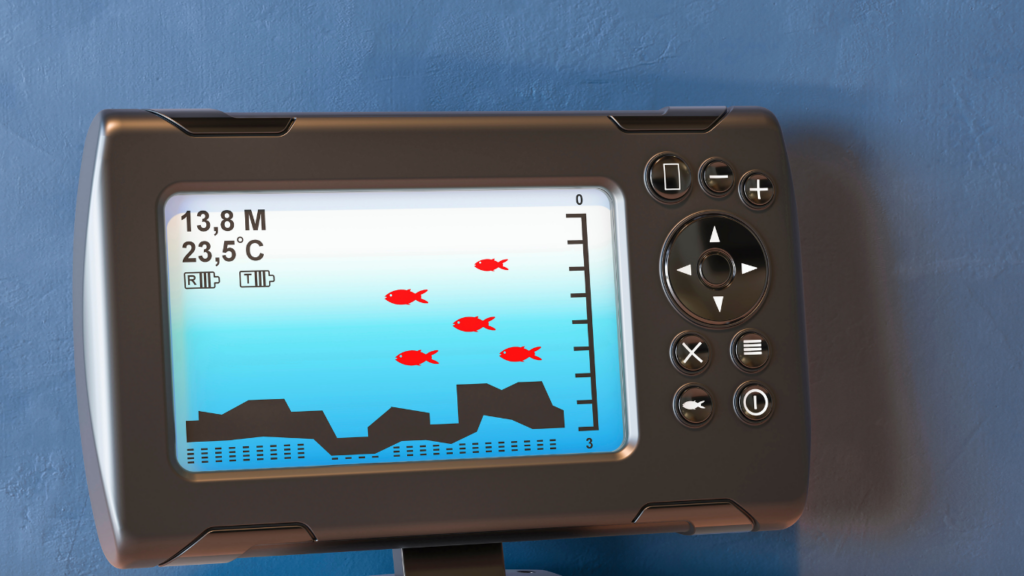The Basics: Essential Fishing Gear for Beginners
Starting with the right gear simplifies fishing for beginners. I recommend focusing on equipment that’s reliable, easy to use, and suited for common fishing scenarios.
Fishing Rods and Reels
Selecting a spinning rod-and-reel combo works well for most beginners. Choose a rod that’s 6-7 feet long with medium power for versatility. Match it with a spinning reel, which is easier to operate and provides accuracy for freshwater and light saltwater fishing. Brands like Shimano and Penn offer beginner-friendly combos designed for durability and performance.
Fishing Lines and Hooks
Monofilament fishing line is ideal for its flexibility and knot strength. Opt for a 6-12 lb test line to cover various species, from panfish to bass. For hooks, start with a selection of sizes 6 to 3/0, suitable for multiple bait types and fish sizes. Circle hooks are a beginner-friendly option because they reduce the chances of deep hooking.
Tackle and Bait Options
Basic tackle like bobbers, sinkers, and swivels ensures you’re prepared for diverse setups. Round bobbers are intuitive for monitoring bites, while split-shot sinkers make weighting lines simple. Pack both live bait, like worms or minnows, and artificial lures, such as soft plastics or spinnerbaits, for adaptability in different fishing conditions.
Advanced Tools for Experienced Anglers
Experience and skill often demand specialized gear to elevate fishing efficiency and success. Advanced tools cater to refined techniques and challenging environments, offering precision and adaptability.
Fish Finders and GPS Devices
Fish finders and GPS devices enhance location tracking and fish detection. High-end fish finders offer features like side imaging, down imaging, and real-time sonar scanning. GPS-integrated systems include:
- waypoint marking
- lake mapping
- route planning
Devices like the Humminbird HELIX 7 and Garmin Striker series provide excellent coverage and user-friendly interfaces. These tools are invaluable for identifying productive fishing areas.
Specialized Rods for Specific Techniques
- Specialized rods improve performance for distinct angling methods.
- Topwater rods ensure precise control for surface lures, while crankbait rods prioritize sensitivity and casting distance.
- For fly fishing, rods measure between 8 and 9 feet, often made of lightweight materials like carbon fiber.
- Techniques like flipping and pitching require heavy-action rods with shorter lengths, typically 6-7 feet. Selecting the right rod enhances accuracy and hook-setting power.
Advanced Tackle Systems
- Advanced tackle systems keep equipment organized and accessible.
- Modular tackle boxes feature adjustable compartments for large or oddly shaped lures.
- Tackle backpacks with waterproof linings and rod holders increase portability and safety.
- For saltwater setups, anti-corrosion materials like rust-resistant hinges and dividers ensure gear durability.
- Systems like Plano’s tackle storage or KastKing’s waterproof bags support professional-level organization in diverse fishing conditions.
Clothing and Accessories for Comfort and Safety

Staying comfortable and safe during fishing trips is essential for enjoying the experience and enhancing performance. Specific clothing and accessories provide protection from weather elements and increase overall safety.
Waterproof Gear and Waders
Waterproof gear, including jackets and pants, keeps me dry during unexpected rain or splashes. I rely on breathable materials like Gore-Tex for their water resistance and ventilation. Waders help me navigate deeper waters while staying dry and comfortable. Chest waders made of neoprene or PVC are ideal for cold water, while lightweight, breathable options are better for warmer conditions.
Fishing Hats and Sunglasses
Hats with wide brims protect my face and neck from harmful UV rays while reducing glare. I prefer lightweight, moisture-wicking caps for hot weather and insulated ones for cold conditions. Polarized sunglasses are essential for cutting glare off the water and improving underwater visibility. By using sunglasses with UV protection and anti-scratch coatings, I ensure durability and eye safety.
Safety Essentials: Life Jackets and First Aid Kits
Life jackets enhance my safety, especially when fishing from boats or near deep water. I use U.S. Coast Guard-approved personal flotation devices (PFDs) with adjustable straps for a secure fit. A compact first aid kit stocked with adhesive bandages, antiseptic wipes, and other essentials is always part of my gear to handle minor injuries. Components like waterproof containers keep supplies dry during unexpected situations.
Maintenance and Storage Tips
Caring for fishing gear ensures its durability and reliable performance. Proper maintenance practices and storage techniques can minimize wear and extend the lifespan of every piece of equipment.
Cleaning and Preserving Your Gear
Rinse gear after each use, especially when fishing in saltwater, as salt causes corrosion. Use fresh water and a soft cloth to remove residue from rods, reels, and tackle. Dry items completely before storage to prevent rust or mold.
Oil moving parts of reels periodically for smooth function. Apply a light lubricant to bearings and gears, referencing the manufacturer’s guidelines. Inspect fishing lines for frays or weak points and replace them as needed. Clean lures with a brush to remove grime, maintaining their effectiveness.
Proper Storage Solutions for Longevity
Store rods in a vertical rack to prevent warping. Ensure reels are loosened to reduce tension on the drag system during extended storage. Use tackle boxes with dividers to organize and protect hooks, lures, and other accessories.
Choose a dry, temperature-controlled space to avoid damage from humidity or extreme temperatures. Keep soft baits in sealed plastic bags to maintain their pliability. For portable storage, invest in waterproof gear bags to safeguard equipment during transportation.





